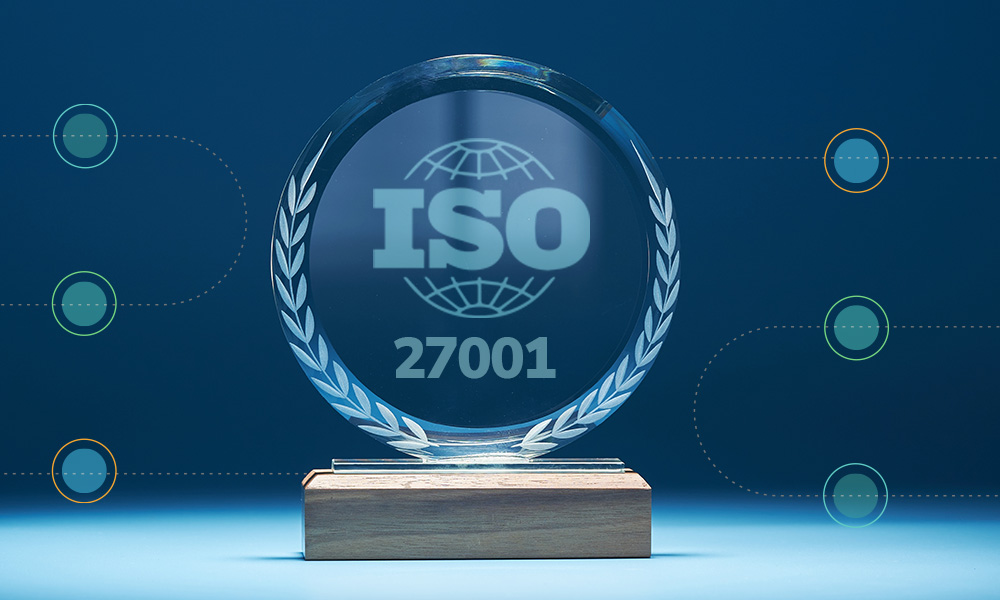There are many ways your organisation can be impacted by a failure to protect your information and the consequences can be catastrophic.
For example, in Europe, a failure to protect the personally identifiable information (PII) of your employees or customers could result in your organisation being prosecuted under the General Data Protection Regulation (GDPR).
This carries with it fines of up to 4% of global turnover, or 20 million Euros, whichever is the higher.
If a failure to protect information becomes public knowledge, it can also lead to negative publicity in traditional or social media, resulting in significant brand and reputational damage and impacting your organisation’s ability to generate revenue.
Implementing an ISMS based upon ISO 27001 will help you to identify where your greatest risks are and for you to deal with them appropriately, and reduce the likelihood of significant impacts occurring. This will reassure your stakeholders that information security risk is being managed effectively.

ISO 27001 Clause 5.1: Leadership and Commitment Explained
URM’s blog explores Clause 5.1 of ISO 27001, what you must do to meet its requirements, and why leadership & commitment are vital to an effective ISMS.

URM’s blog examines how ransomware occur, and highlights practical cyber security measures you can implement to reduce your exposure and mitigate security risk.

URM’s blog breaks down the ISO 27001 certification process, the roles of certification bodies and UKAS, what auditors look for during assessments, and more.

URM’s blog explores the ISO 27001 business continuity controls, why they matter, & how they can be effectively implemented to ensure conformance to the Standard

